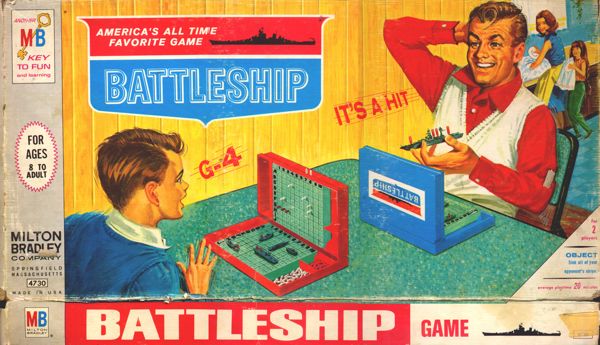To teach the idea of natural selection and competition for resources I set up a science experiment disguised as a game. I had one player pretend to be a hawk. Then, one to five people played foxes. On the wall, I had these posters made up, along with our vocabulary words. You can see the bunnies of different colors. The foxes ran through a "field" to get food, or tag a bunny. A "dot of death" means that bunny was considered eaten. The hawk could tag the foxes trying to get food as they ran past, which mean they were eaten. This created a visual representation of competition within an ecosystem. The bunnies, foxes, and hawks had strategies of survival and the relationships between them were evident: most of the tan bunnies died, leaving only the white bunnies to reproduce.
To take this demonstration to a higher level, you can manipulate the number of foxes verses hawks and see what that does to the bunny population. The more foxes we had, the more variety of bunnies were eaten. The more hawks I had, the less foxes could get food. The students witnessed this example of competition and had a fantastic time finding ways species are interrelated. It was a great discussion and demonstration.
Read more on game theory in education
here.




